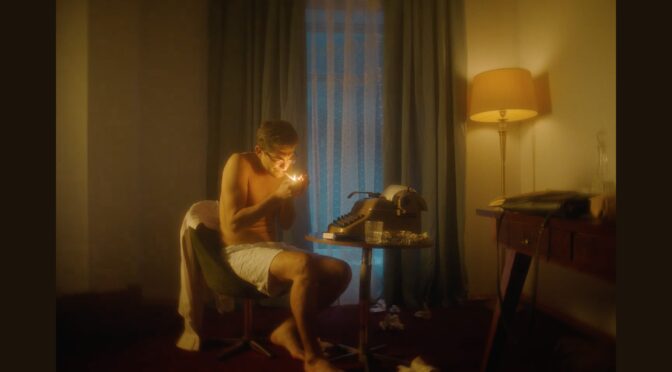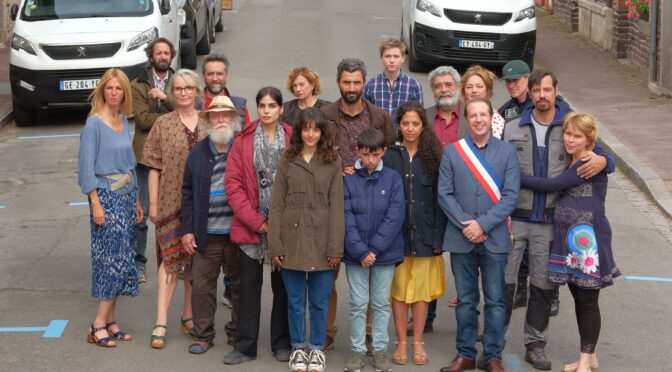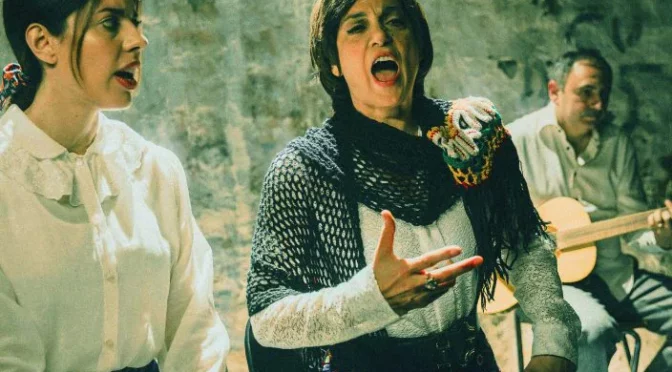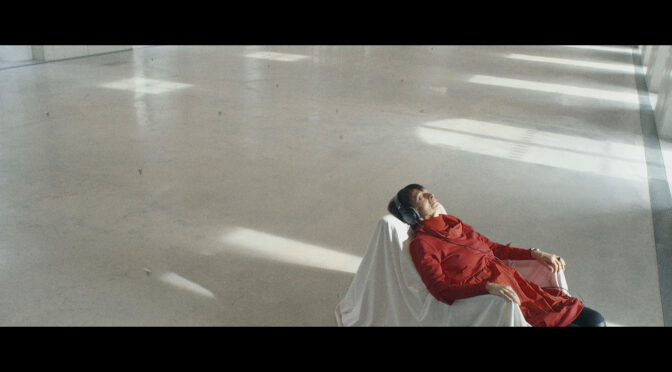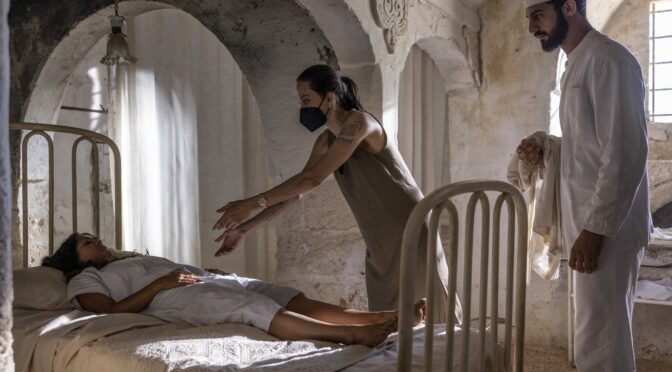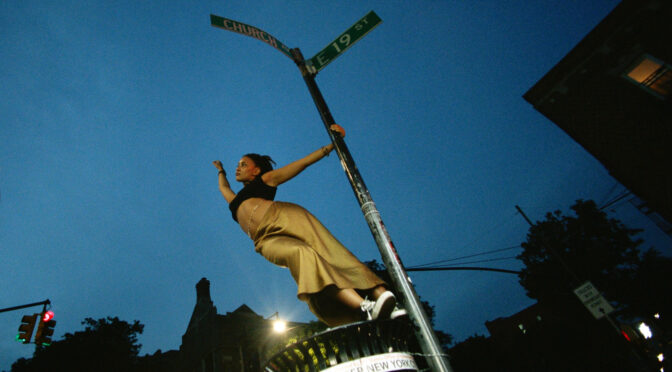In un giorno come tanti, Manca Košir spiega alla sua famiglia il segreto dell’incantevole fiore del ciliegio: la sua bellezza cattura l’osservatore, ma la sua fragilità e lo scorrere del tempo fanno svanire velocemente quell’istante di meraviglia. L’eternità dell’essere, dunque, è conchiusa nell’attività celebrativa della vita, giorno dopo giorno. La regista slovena Nina Blažin, che ha vissuto in prima persona la perdita di una persona amata, si sente vicina alla personalità gioiosa e combattiva della protagonista di The Silence of Life, girato tra il 2019 e il 2023.
Un gioco di opposizioni, o un ossimoro lirico, sembra suggerire il titolo del film in concorso nella sezione documentari internazionali della 42ª edizione del Torino Film Festival. The Silence of Life sembra dirci che il silenzio non è sempre l’unica arma a disposizione contro l’inevitabilità della morte: colpita da un cancro alla gola, Manca contrasta questo destino avverso con specifici esercizi di pronuncia.
La macchina da presa indaga e osserva questa donna tanto tenace quanto più consapevole della sua condizione. Tuttavia, lo sguardo documentario non è “raffreddato” dalle consuete tecniche di pedinamento e di avvicinamento perché è Manca stessa a far vivere allo spettatore la propria storia: nonostante il peso opprimente del tempo che scorre, è lei ad abitare lo spazio con i gesti e le parole e a colorare l’ambiente con i suoi vestiti (predominano il rosso, il giallo e il rosa).
«La morte fa parte della nostra esistenza e dobbiamo prenderla come tale». Questa è dunque la traccia indelebile lasciata da Manca Košir.
Alessandra Sottini

